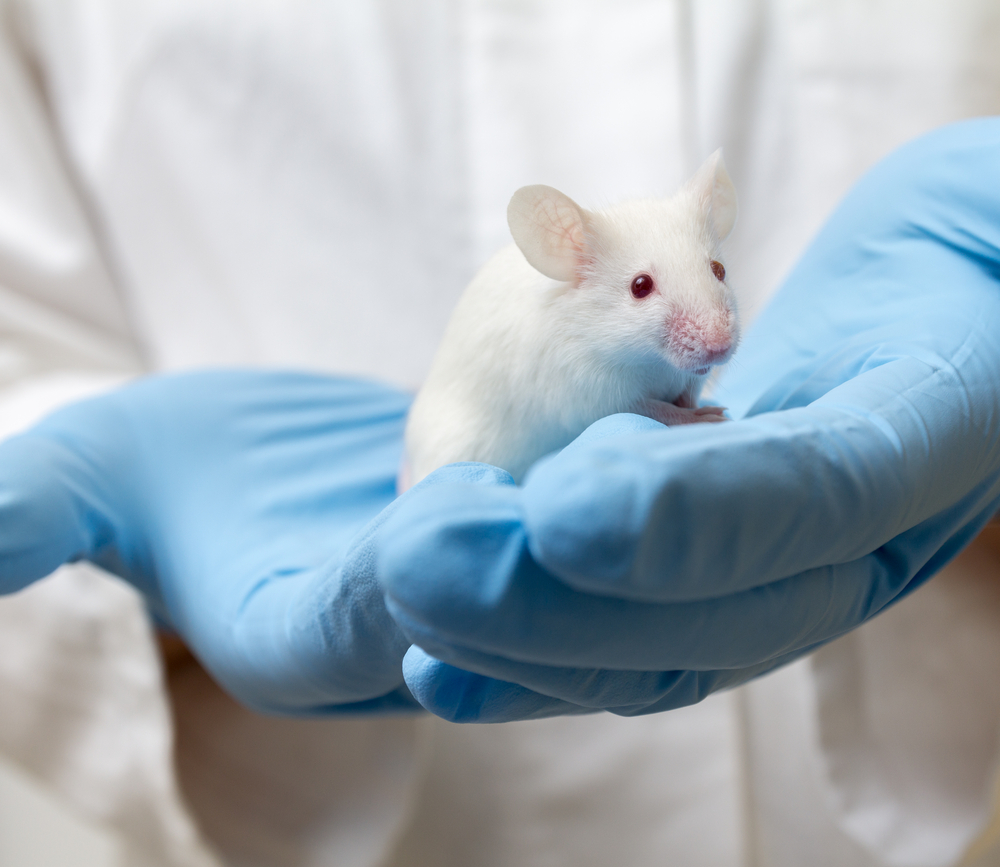Activating Cannabis Receptors Could Help Treat L-DOPA-induced Dyskinesia, Mouse Study Finds

A compound that affects some of the same receptors in the brain as cannabis could help reduce dyskinesia — involuntary muscle movement — that develops following levodopa treatment in Parkinson’s disease, a new study done in mice suggests.
The mice were treated with HU-308, an agonist, or activator that binds to a cannabinoid receptor in the brain. It was found to reduce tremors without causing the “high” associated with cannabis.
Titled “Targeting the cannabinoid receptor CB2 in a mouse model of l-dopa induced dyskinesia,” the study was published in Neurobiology of Disease.
Parkinson’s is characterized by the loss of neurons that make the neurotransmitter dopamine. Treatment with levodopa, or L-DOPA — a precursor to dopamine — has long been one of the gold standards for Parkinson treatment. However, this medicine can lead to uncontrollable movements, a condition called levodopa-induced dyskinesia, or LID.
The only treatment currently available for LID is Gocovri (amantadine). This is thought to reduce dyskinesia through a few different mechanisms, namely by reducing inflammation in the brain (neuroinflammation) and affecting glia, brain cells that serve a variety of specialized functions. Since glia function as the primary immune system in the brain, they play a role in neuroinflammation.
“If targeting neuroinflammation, and or glial signalling, offers a potential strategy, then cannabinoid based therapies could be an option for treating LIDs,” the researchers said. They explained that “cannabinoid-based therapies can exert effects on glia, are thought to suppress neuroinflammation, and have neuroprotective effects in preclinical animal models of several neurodegenerative disorders.”
However, cannabis itself is ill-suited to such therapeutic uses.
“Currently there is limited evidence about the effectiveness of medicinal cannabis,” Bryce Vissel, PhD, director of the Centre for Neuroscience and Regenerative Medicine at the University of Technology Sydney (UTS) and a study co-author, said in a press release. “One problem is that no cannabis preparation is the same and cannabis has numerous effects, some of which may not be beneficial in Parkinson’s disease.”
The compounds in cannabis act primarily via two chemical receptors in the brain, CB1 and CB2. Since CB1 is primarily responsible for the “high” cannabis can impart, which is not desirable in a medicine, the researchers investigated whether specifically activating CB2 could reduce LID without this adverse effect.
To test this, mice with modeled LID — essentially, modeled Parkinson’s disease followed by L-DOPA treatment to the development of LID — were treated with HU-308, a CB2 agonist (activator). Compared with mice that did not receive such treatment, LID was significantly decreased in the HU-308-treated mice, as evidenced both by behavioral observation and by decreased levels of FosB, a marker of LID in the brain.
To confirm that this effect was the result of CB2 activation, the researchers treated mice with both HU-308 and SR144528, which is an antagonist, or blocker, of CB2. This co-treatment eliminated the benefits imparted by HU-308 alone, suggesting that the effect is indeed due to CB2 activation.
In the same model, Gocovri also reduced LID, to a similar extent as HU-308. And, when both HU-308 and Gocovri were given simultaneously, the reduction in LID was greater than that seen with either treatment alone.
“The fact that amantadine [Gocovri] has its own set of side effects, may not work in the long term, and is still the only drug available on the market that is approved for dyskinesias makes our study really exciting,” said Sandy Stayte, PhD, a researcher at UTS and a study co-author.
“First, our study shows HU-308 is equally affective so a drug like HU-308 will be useful for those people who can’t take amantadine. Second, for those who can tolerate amantadine, taking the combination may have even greater benefits than taking either drug alone,” Stayte said. “That means we may end up with a much more powerful treatment than currently available by ultimately prescribing both.”
Further analysis revealed that both treatments — separately and combined — reduced neuroinflammation, as evidenced by decreased levels of inflammatory signaling molecules in the brain. Additionally, both treatments reduced the numbers of inflammatory glia cells.
“By reducing inflammation in the brain — such as with HU-308 — these immune cells [glia] can support normal neural function again, rather than inhibiting it,” Vissel said.
Interestingly, though, treatment with both HU-308 and Gocovri together did not affect neuroinflammation to a greater extent than either therapy alone. This suggests that the additive effect seen at the behavioral level may be due to other mechanisms. However, the team said their “measures in this paper are too rudimentary to explore these various mechanisms, and much further research is needed.”
Nonetheless, the study does support using CB2 agonists as a treatment strategy for LID.
“Accordingly, clinical trials investigating [CB2 agonists’] efficacy for neurodegenerative diseases is currently in high demand,” the investigators said.






